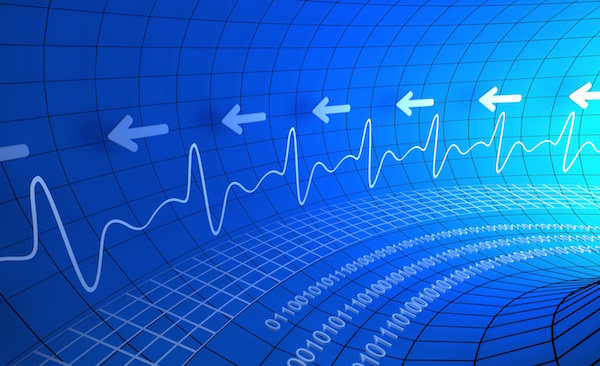
TUESDAY, June 7 (HealthDay News) — The reaction to the 2009 U.S. Preventive Services Task Force recommendations that women in their 40s did not need routine mammograms was swift and furious. Using email, social networking sites and electronic bulletin boards, breast cancer survivors vented their outrage.
Researchers say the magnitude of the reaction heralded a new era in the online exchange of health information — one that’s faster, fiercer and more powerful than before.
“There is not NEARLY enough explanation being given for this abrupt about-face. Ever since I was a little kid, I’ve known about the importance of women having mammograms,” posted one woman.
“It sounds like insurance companies are behind this more than anything else. Here is our New Health Reform. Kill off as many as possible,” wrote another.
The reaction to the task force’s recommendations “was a great illustration of how two worlds collide,” said Kristin K. Barker, a sociologist at Oregon State University, and lead author of a new study. “On the one hand, you had the science that was saying mammography for women in their 40s might not be as effective as we thought, and on the other hand, you had the personal experiences of the women who believed they were saved by having a mammogram.”
Shortly after the guidelines were released, women organized on message boards and sent off petitions to lawmakers. Neither federal health insurance programs such as Medicare nor private insurance companies reduced their mammogram coverage for women in their 40s, which is evidence that the outcry had an impact on policy, Barker said.
Polls showed that women disagreed with the recommendation to push back routine breast cancer screening to age 50, and that support for mammograms starting at age 40 among women hasn’t wavered.
A HealthDay/Harris Poll of more than 1,000 U.S. women conducted in April found that 57 percent believed mammograms should start at age 40, while just 12 percent thought that 50 was the right age to start getting mammograms.
The American Cancer Society continues to recommend annual mammograms for women starting at age 40.
“People have their own health experience and they have often been suspicious of medicine, but you get a lot of people together with their own experiences that contradict medical advice, and it becomes a very potent social force,” Barker said.
The study authors did not take a stand on the new guidelines, although they noted the recommendations were based on concerns about the link between radiation exposure and breast cancer, the risks and expense of false positives (and follow-up biopsies) and the “troubling lack” of an association between increased screening and declining mortality rates.
Seeking and sharing health information on the Internet is nothing new, of course. People have been doing it since the ’90s, said Susannah Fox, associate director of the Pew Research Center’s Internet & American Life Project.
“In 2000, you might go online, punch in a few key words, and get some printouts to review or take to your doctors,” Fox said. But technological changes — such as broadband technology with faster connections and smart phones that enable people to text, swap emails and access the Internet remotely — have vastly expanded the reach of that shared information.
Social networking sites such as Facebook, MySpace and Twitter have made what Fox calls “peer to peer health care” increase exponentially. Along with young people, women in their 30s, 40s and 50s are among the most likely to use social networking sites, the precise demographic that was up in arms about the mammogram guidelines, Fox said.
Many who post on message boards for breast cancer or other conditions aren’t just venting, Fox said. They are digging around, sometimes reading source material, such as research papers, to educate themselves.
In the study, published in Social Science & Medicine, researchers analyzed postings on five breast cancer discussion boards the month after the recommendations were released.
Barker anticipates that the clash they saw between medical professionals presenting hard statistics and patients voicing their personal feelings about one treatment or another will continue to occur for all sorts of conditions.
“This kind of social dynamic is going to change the face of medicine,” Barker said.
Pitfalls to the rapid exchange of information are also likely, these experts said. Incorrect medical material can be passed around as quickly as correct information, and it’s not always easy for people reading it to tell the difference, they said.
“The downside is that people are able to spread rumor as quickly as they are able to spread information, and social networks are again the perfect mechanism for spreading both,” Fox said.
More information
For more about mammography, visit the U.S. National Cancer Institute.

